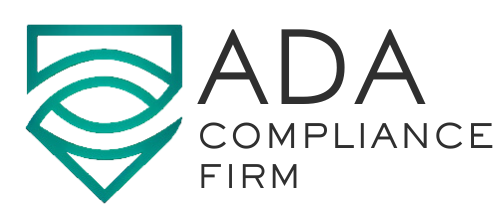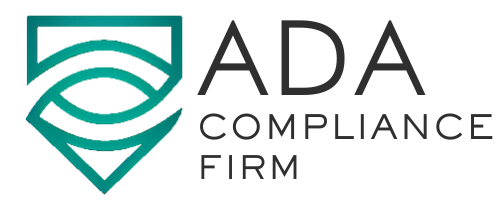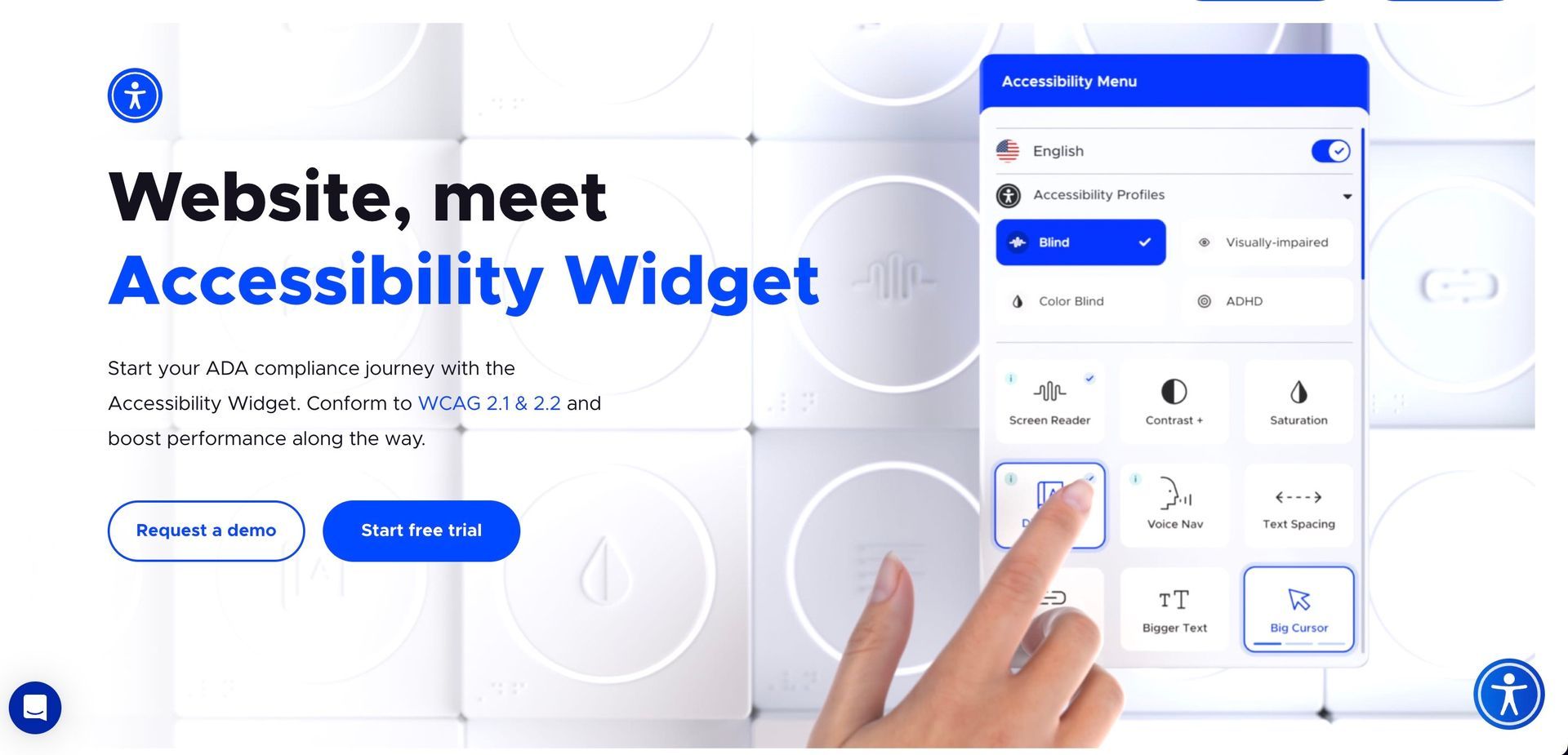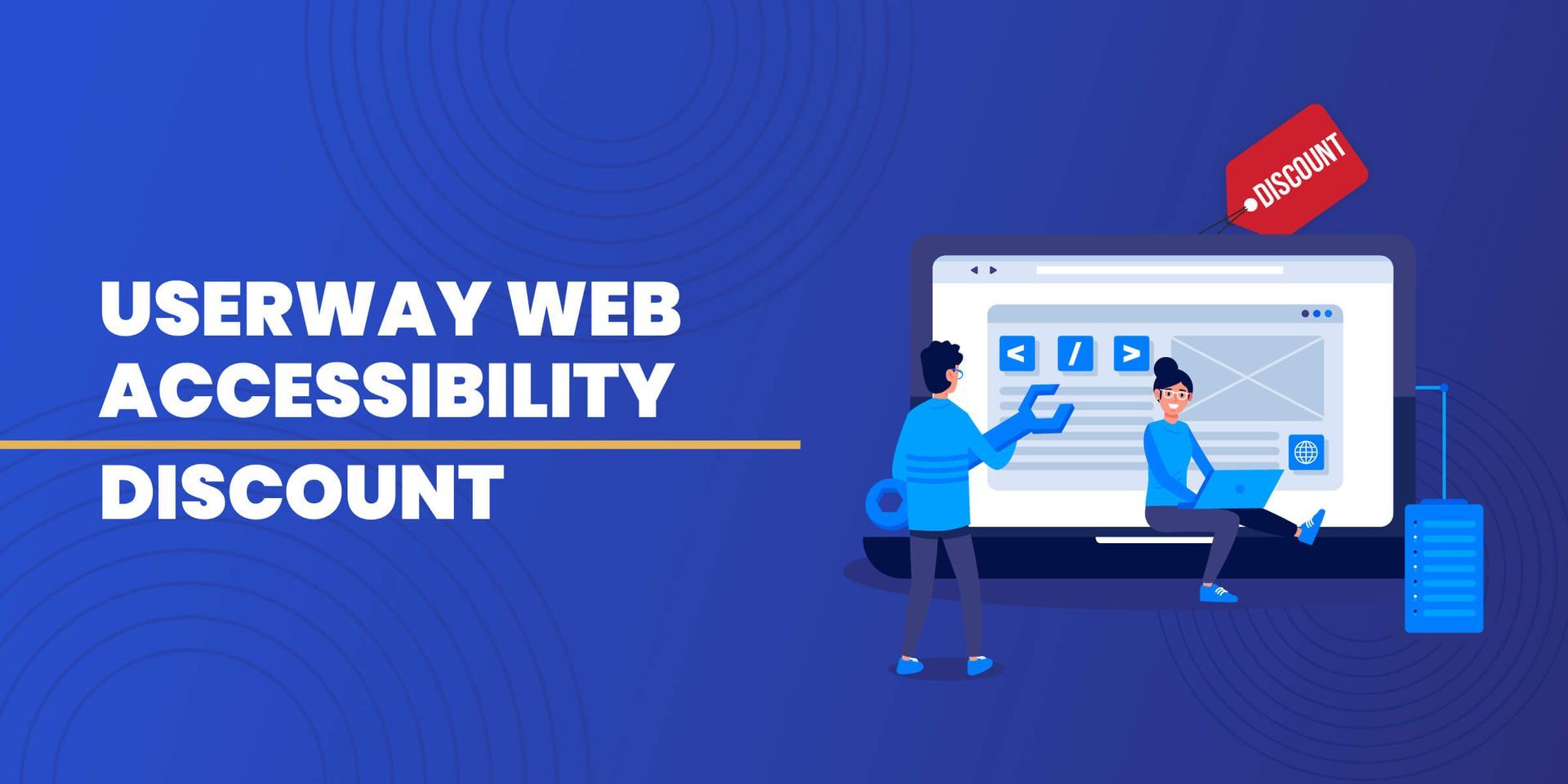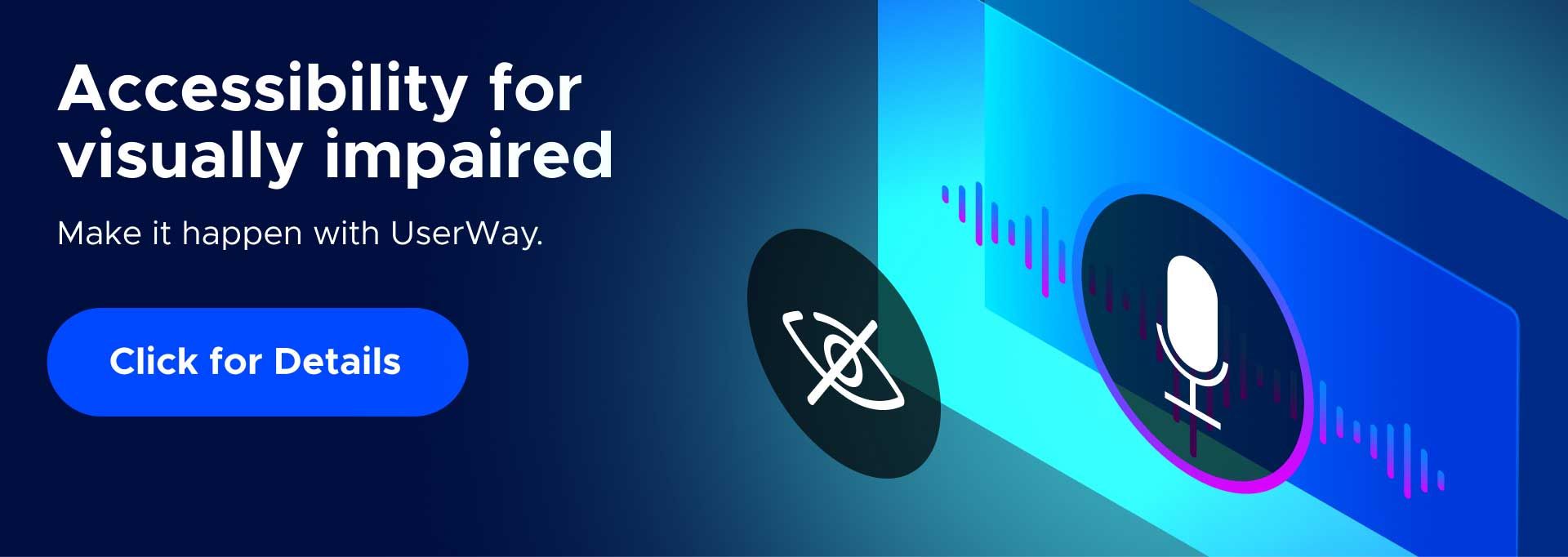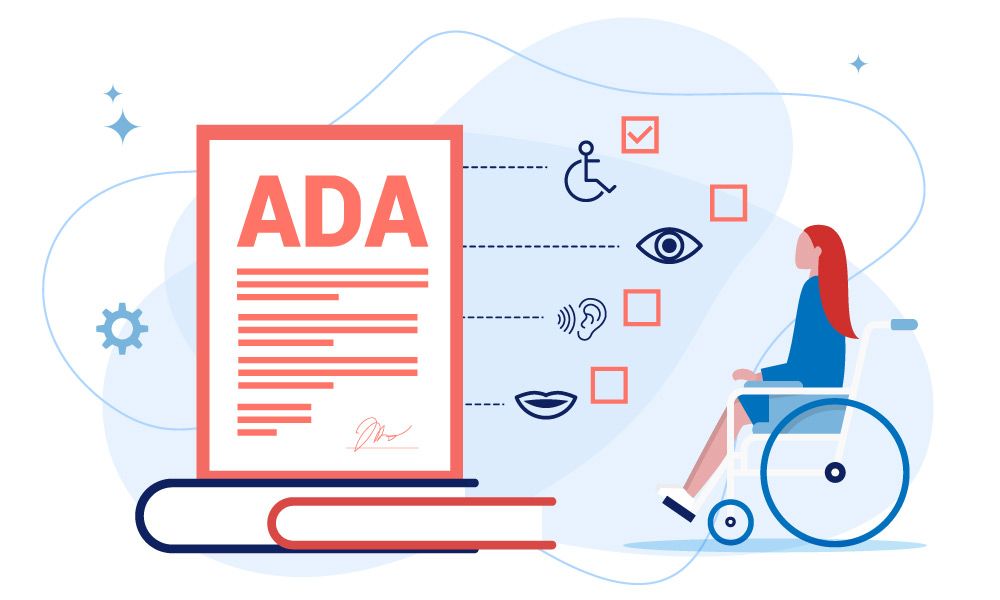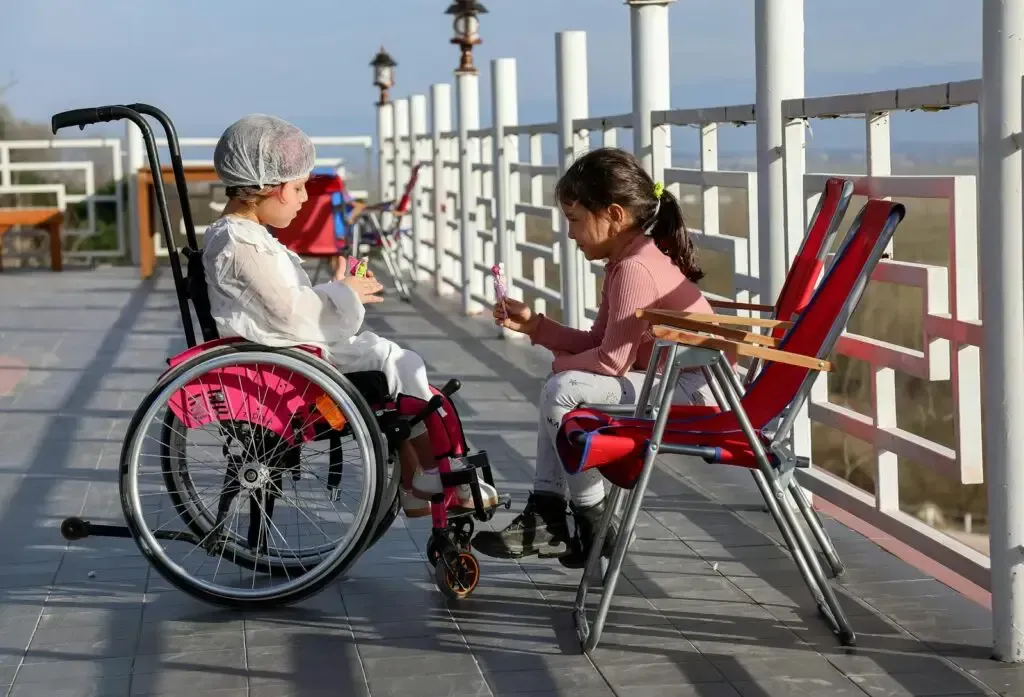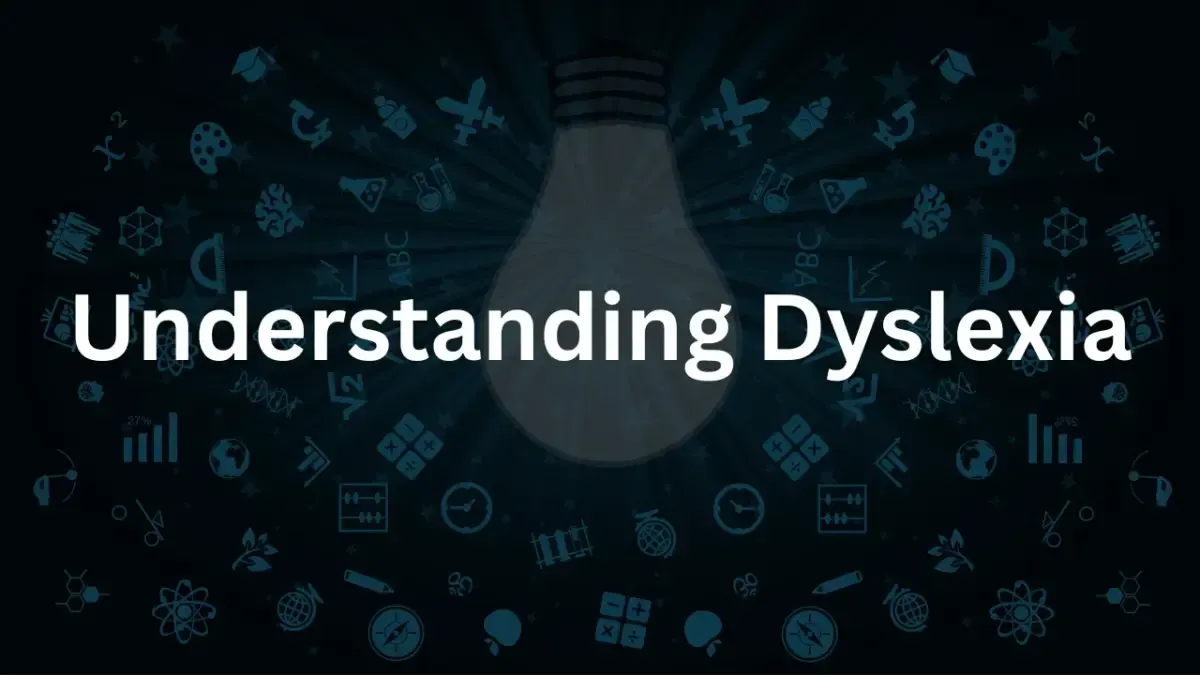Advanced Dyslexia Therapy and Intervention Strategies

Dyslexia is more than a reading difficulty; it’s a challenge that touches every aspect of a child’s development. This post dives into the advanced strategies, therapies, and interventions reshaping how we support individuals with dyslexia. The information here will be a beacon of knowledge for parents, educators, and those navigating the intricate world of learning disorders. We aim to demystify dyslexia and equip you with the tools to transform the lives of those impacted by this common disorder.
Understanding Dyslexia
It’s crucial to lay a solid foundation of understanding before delving into advanced intervention techniques. Dyslexia is a neurobiological condition that affects reading acquisition despite adequate intelligence and sufficient sociocultural opportunity. This definition is critical to the subsequent discussions on diagnosis and intervention.
The Neurobiological Basis of Dyslexia
Researchers have made significant strides in unraveling the complex neurological underpinnings of dyslexia. Key findings have highlighted differences in brain structure and activity, particularly in language processing and phonological awareness regions. This deeper understanding serves as the launch pad for innovative therapies.
Latest Research on Dyslexia
New perspectives continue to emerge from the field of neuroscience. Cutting-edge studies, like those published in Frontiers in Psychology on Jan 11, 2024, have shed light on the genetic and hereditary factors contributing to dyslexia. Embracing these breakthroughs is critical for shaping effective intervention plans.
Innovative Dyslexia Therapies
The landscape of dyslexia therapy has transformed with the introduction of new, evidence-based interventions. But what exactly sets these approaches apart from traditional methods?
Evidence-Based Interventions
Current research advocates for multisensory structured language (MSL) approaches, which simultaneously activate visual, auditory, and kinesthetic systems. MSL is highly effective in improving decoding and spelling skills in students with dyslexia. Furthermore, computer-assisted interventions and educational gaming platforms demonstrate significant literacy gains for children with dyslexia.
Leveraging Technology
Fusing traditional MSL with modern tech has resulted in game-changing applications and software designed for individualized learning. From phonics-based reading assistants to content-specific educational material, technology has opened a world of tailored support for dyslexic learners.
Creating a Compliant Learning Environment
It is paramount to ensure that learning environments are accessible and accommodating to all students, including those with dyslexia. This section explores best practices for creating spaces that meet the criteria of the Americans with Disabilities Act (ADA).
The Case for ADA Compliance
In educational settings, ADA compliance isn’t simply a legal requirement; it’s a moral imperative that fosters equality and growth. We examine schools’ and institutions’ core guidelines and directives to support individuals with dyslexia.
Crafting Inclusive Classrooms
Practical tips are shared on transforming ordinary classrooms into sanctuaries of inclusivity. Everything from optimal lighting and seating arrangements to using assistive technology is covered to enhance the learning experience for students with dyslexia.
Personalized Learning Plans
One size does not fit all when it comes to addressing dyslexia. Personalized learning plans, such as Individualized Education Programs (IEPs), are essential for tailoring educational experiences to each student’s needs.
The IEP Process Demystified
We’ll walk through the steps of creating an effective IEP, highlighting the role of parents, educators, and specialists in the collaborative process. The flexibility and accountability IEPs offer can be transformative for students with dyslexia.
Tailoring Interventions to the Individual
Once an IEP is in place, it’s crucial to reassess and adapt interventions regularly. We’ll explore the art of personalized intervention, breaking down various strategies that can be tweaked to cater to the ever-changing needs of dyslexic learners.
Support Systems and Resources
Individuals with dyslexia require a robust network of support, and this section provides a comprehensive list of organizations, networks, and resources that can be pivotal in their journey.
The Power of Community
Connectivity and shareability are at the heart of the dyslexia support community. We’ll delve into the importance of building these supportive networks and provide a list of national and local organizations driving change for individuals with dyslexia.
Valuable Resources
From innovative reading methodologies to advanced tech tools, we’ll curate an inventory of resources that can amplify the quality of intervention for dyslexic learners. Think assistive devices, specialized software, and a wealth of online repositories and forums.
Advocacy and Awareness
Advocacy is the bridge that takes awareness from knowledge to action. Here, we discuss the pivotal role of advocacy in securing rights and accommodations for individuals with dyslexia.
Shifting the Societal Paradigm
By tackling misperceptions and instigating conversations about dyslexia, we can pave the way for a more inclusive society. Strategies for raising awareness and reducing stigma are presented to empower advocates and amplify their voices.
Navigating the Rights Landscape
Navigating the legal realm can be daunting, but it’s often necessary to ensure individuals with dyslexia receive the support they’re entitled to. We’ll outline legal rights in educational and professional settings and provide tips for accommodations.
Conclusion
The post concludes with a powerful call to action, urging stakeholders to embrace change and to be proactive in their approach to dyslexia therapy and intervention. It is a culmination of the various strategies discussed, emphasizing the need for collective responsibility and action to ensure a bright future for those with dyslexia.
Further Reading and Resources
Readers are encouraged to explore the provided links to studies, organizations, and tools to learn more about the advancements and strategies outlined. The information shared in these resources serves as a guidepost for continuous learning and adapting to the forefront of dyslexia intervention.
With this detailed roadmap, parents, educators, and advocates can gain insights that enhance their knowledge and enrich their ability to make a real difference in the lives of those with dyslexia. Embracing the journey towards advanced dyslexia intervention is a commitment to empowerment, understanding, and change.
Frequently Asked Questions (FAQs)
What are the intervention strategies for dyslexia?
Intervention strategies for dyslexia typically involve structured literacy programs, such as the Multisensory Structured Language (MSL) approach, phonics-based tutoring, one-on-one reading sessions, and assistive technology designed to accommodate dyslexic learners’ needs.
What kind of therapy is used for dyslexia?
Dyslexia therapy often includes educational or specialized tutoring focusing on reading, writing, and spelling. Speech therapy can also be beneficial, as it addresses the language processing issues associated with dyslexia.
What is dyslexia response to intervention?
Response to Intervention (RTI) for dyslexia is a multi-tiered approach to early identification and support for students with learning and behavioral needs. The RTI process begins with high-quality instruction and universal screening of all children in the general education classroom. Interventions are then provided, increasing in intensity if a student does not progress adequately.
What are the coping techniques for dyslexia?
Coping techniques for dyslexia include:
- Using technology aids like text-to-speech and speech-to-text software.
- Implementing time management strategies.
- Employing multisensory.
- Practicing learning methods and organization skills.
Some individuals benefit from mindfulness and stress reduction techniques to manage the emotional aspects of dyslexia.
Join our newsletter
Recent Blog Posts
